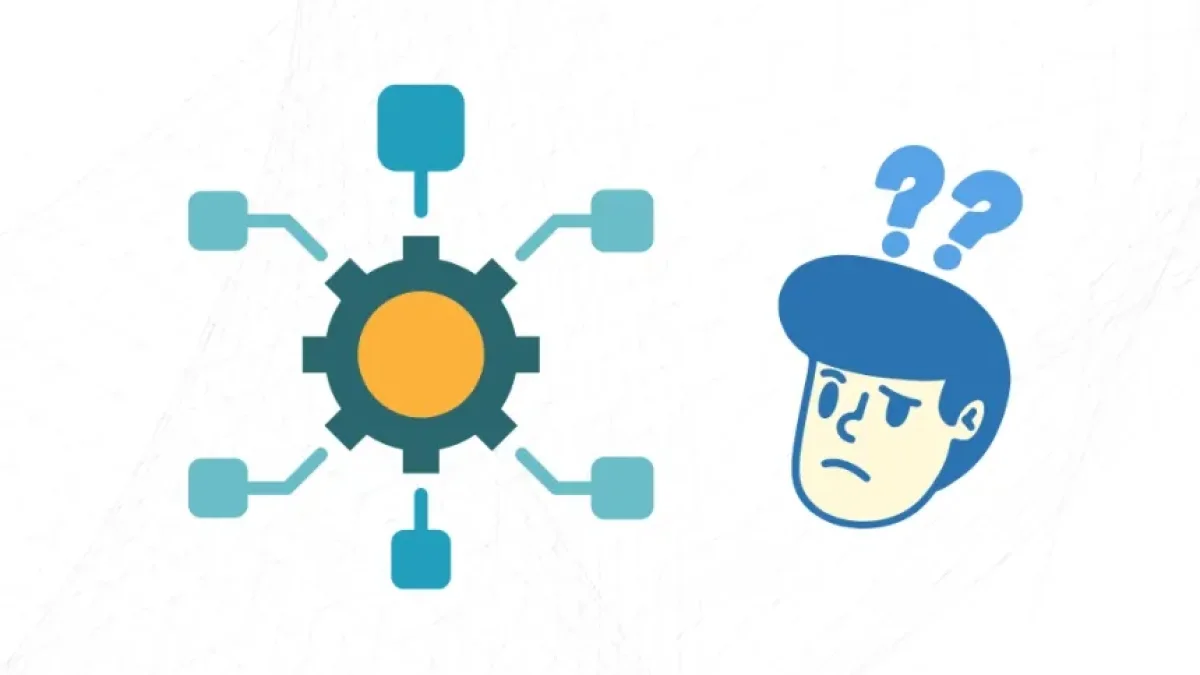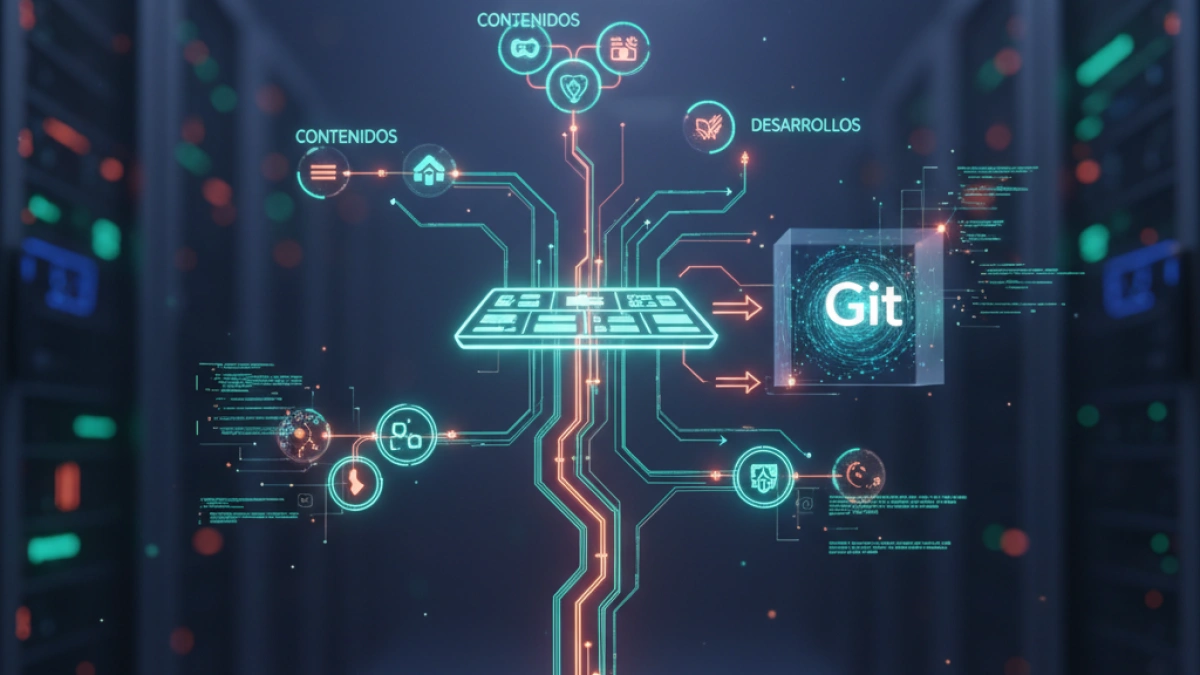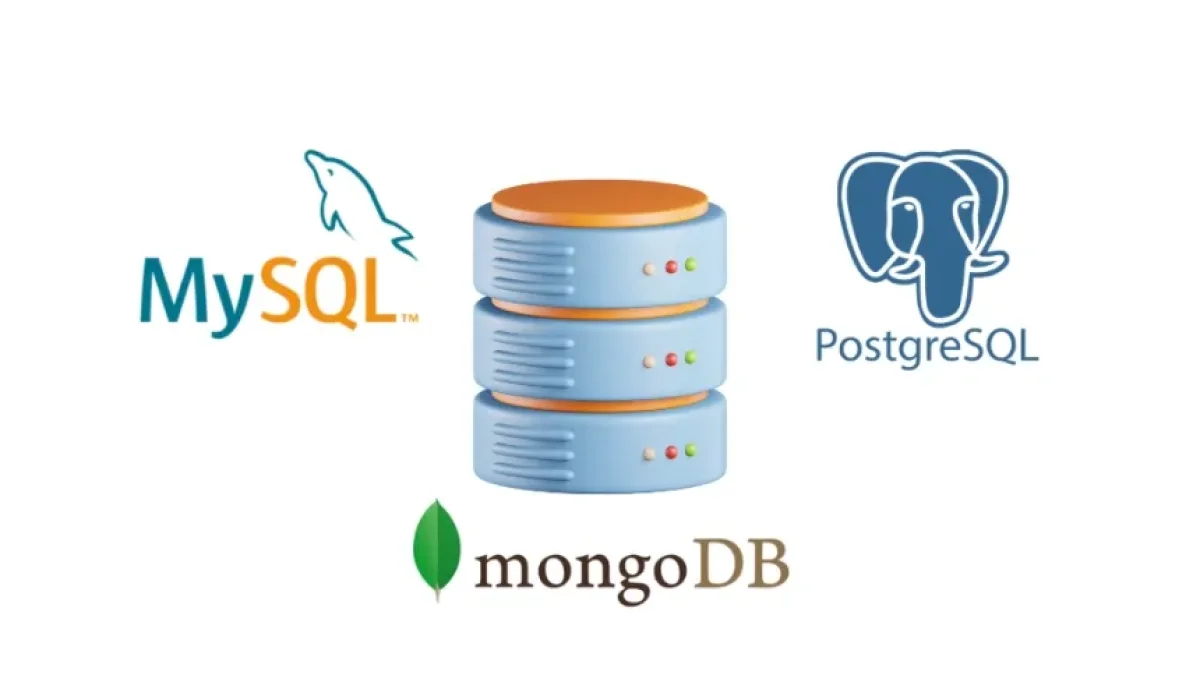What Are Microservices and When to Use Them?


Microservices have gained popularity in modern software development, especially in large-scale applications and cloud environments. This article will explore what microservices are, their benefits, drawbacks, and when it is appropriate to use them.
What Are Microservices?
Microservices are a software architecture that allows applications to be built as collections of small, independent services, each focusing on a specific functionality. Unlike monolithic architectures, where all parts of the application are tightly integrated, microservices communicate with each other via well-defined APIs (Application Programming Interfaces).
Key Features of Microservices
- Decentralization: Each microservice can be developed, deployed, and scaled independently.
- Interoperability: They use lightweight network protocols, such as HTTP/REST, to communicate.
- Scalability: They can scale individually, allowing for more efficient resource utilization.
- Resilience: The failure of one service does not affect the functioning of others.
Benefits of Microservices
1. Independent Scalability
One of the greatest advantages of microservices is the ability to scale specific parts of the application based on demand. This not only improves performance but also optimizes resource usage.
2. Agile Development
Teams can work on different microservices simultaneously, accelerating the development process. This results in quicker releases of new features and continuous improvement.
Read also
3. Technological Diversity
Each microservice can be developed using different technologies and programming languages, allowing the team to choose the best solution for each specific task.
4. Simple Maintenance
The lower complexity of each microservice makes maintenance and updates easier, minimizing the risk of affecting other parts of the application.
Drawbacks of Microservices
1. Management Complexity
Implementing microservices can pose a greater challenge in managing different services. Proper orchestration and monitoring tools are necessary to manage the communication and state of each service.
Read also
2. Communication Overhead
Communication between microservices can introduce latency and overhead compared to monolithic architectures, especially if not optimized.
3. Deployment Challenges
Deploying multiple microservices can be more complicated than deploying a single monolithic application. Clear strategies are required to ensure all services work together coherently.
When to Use Microservices?
1. Large-Scale Projects
When working on large and complex projects, microservices can be a suitable solution. They facilitate collaborative development and task segmentation among different teams.
2. Applications with Variable Demand
If an application experiences fluctuating traffic peaks, microservices allow for scaling only the most demanded parts, thereby optimizing operational costs.
3. Needs for Rapid Innovation
In environments where innovation and rapid product launches are crucial, microservices offer the necessary flexibility to experiment and quickly adjust application features.
4. Evolving Systems
If you expect your application to evolve over time and new features to be added, the microservices architecture can simplify the process of integration and updates.
Conclusion
Microservices provide a powerful alternative to monolithic architectures, especially in enterprise and cloud environments. However, their implementation is not without challenges. Organizations must weigh the advantages against the disadvantages and assess their specific needs before opting for this architecture. By doing so, they can maximize the benefits that microservices have to offer, enhancing their agility and innovation capacity in an ever-changing digital world.



















